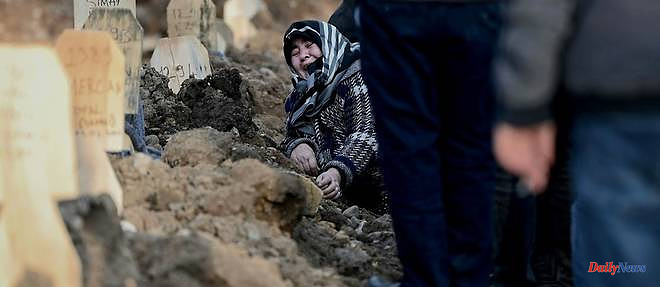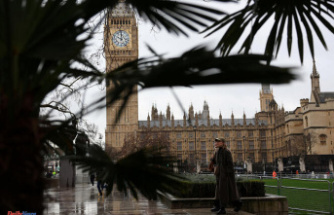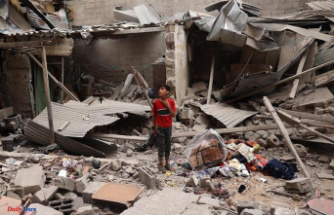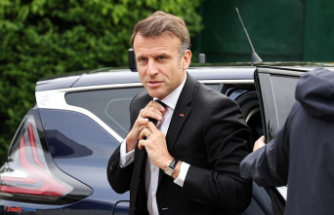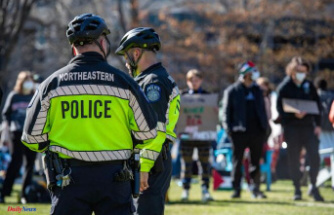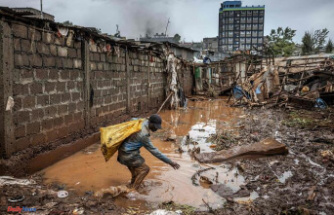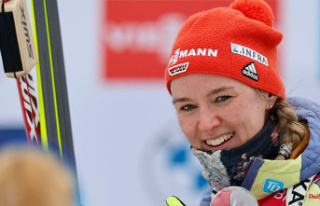Without news from her aunt, Tuba Yolcu went to the sports complex where the bodies are deposited from the ruins of her city Kahramanmaras, in the south-east of Turkey, at the epicenter of the earthquake of magnitude 7.8.
Here the earth shook for 75 seconds on Monday, an eternity that left only ruins and desolation.
“We heard that the authorities would no longer want to keep the bodies beyond a certain time and that they were going to take them away for burial,” she worries. "May God let me find her".
In improvised morgues in southern Turkey, in car parks, in stadiums or gymnasiums, anguished families search for their dead.
The authorities promised that all would be identified and returned to their relatives.
"Each body will eventually be returned to its own," reassures the prosecutor dispatched to the bereaved families.
"Don't worry, we take blood samples from every unclaimed body," he insists.
At this stage, more than 20,000 bodies have been removed from the rubble in Turkey (more than 25,000 with the dead in Syria).
In the Kahramanmaras gymnasium, families unable to reach a relative bend over bodies wrapped in body bags or lined up under blankets.
"We show the faces to the next of kin," an investigator specializing in crime scenes, in anti-bacterial protective clothing, told AFP - who refused to be identified.
He stands at the edge of a vast field outside the city, where an incessant ballet of hearses swirls, dropping off their cargo and then leaving.
"If the body has remained anonymous, we take fingerprints and a dental sample to compare them to their relatives" when they come forward, continues the investigator, with a camera around his neck.
In this improvised cemetery, around 2,000 bodies have been counted, according to estimates, but very frequently a new funeral procession deposits a new one.
Summary boards bearing the names of the victims written by hand are placed on each hastily filled tomb, sometimes wrapped in a scarf, a scarf so that the families can locate their loved one in this immense terrain.
Unidentified bodies are kept separate. For each, the investigators take samples, take photos and notes.
Yusuf Sekman, representative of the directorate of religious affairs, also explains that the unidentified bodies are distributed according to the collapsed building where they were discovered.
“Thus, relatives can also find their way from the address of the deceased,” he underlines.
Investigators are "trying to diagnose one way or another," he continues. "(DNA) samples are taken from the bodies and noted on the body bag."
Health Minister Fahrettin Koca said on Friday he hoped all the bodies would be identified: "We load the photographs of each into special software in order to match them" to their relatives.
"I hope we will manage to cross the identities of most of them," he said.
In the gymnasium, Tuba Yolcu has given up and leaves: "The official tells me that all the bodies have been identified". Then, turning to her husband: "Let's go back to the ruins".
His aunt may still be there.
12/02/2023 13:17:19 Kahramanmaras (Turquie) (AFP) © 2023 AFP

